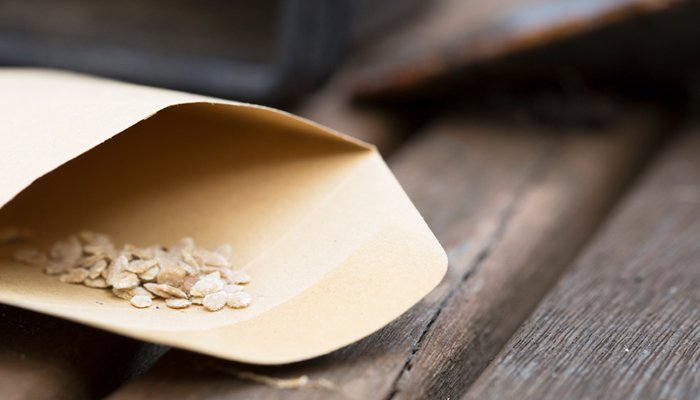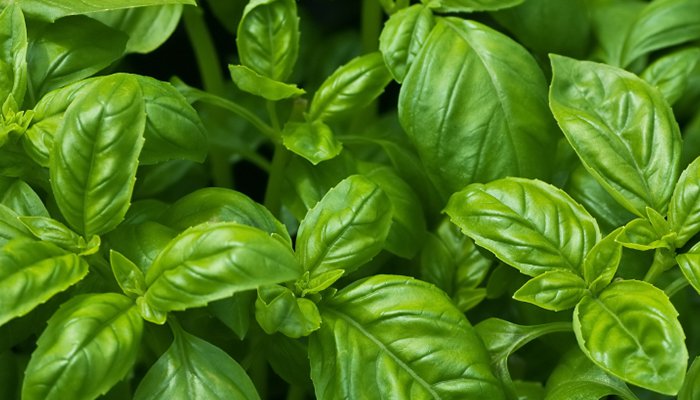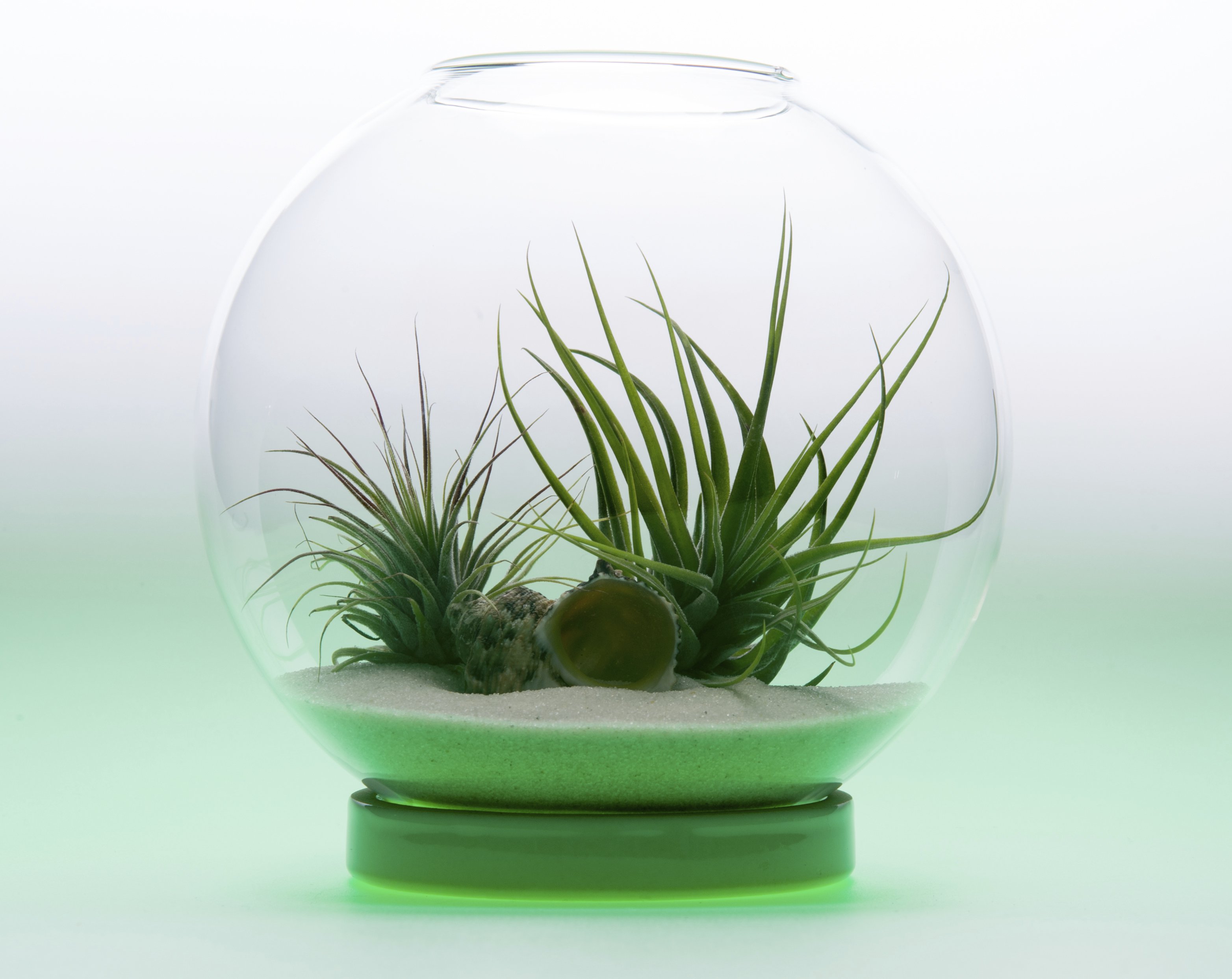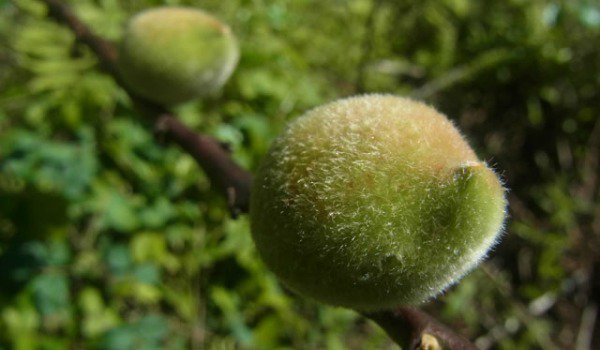
In order for anything to grow well, it must be planted in good soil. Just like a house must have a solid foundation on which to build, good soil is the solid foundation plants need to thrive. Soil quality is affected by many things such as improper pH, poor drainage, infertility and the like, but by turning the soil, you can help repair some of the issues with soil quality to help your plants grow successfully.
Basic Gardening Prep
What does “Turning the Soil” Mean?
When you “turn the soil,” you essentially flip flop the top of the soil for the “bottom” of the soil. Before you do that, though, you add a layer of compost on top so when you flip the top to the bottom, that fertilizing compost is under the ground’s surface where it can feed the roots of your plants. Not only does turning the soil help feed the plants, it also loosens the soil so plant roots can breathe. Keep in mind, there is a right time and a wrong time to turn the soil in your garden. The right time, according to Rodale’s Organic Life is in the spring once the ground has dried completely.
How to Turn the Soil Properly
Many people use a rototiller to break up the top layer of soil. While this piece of machinery definitely saves time, it doesn’t always get down deep enough to really help the soil. The best way to turn the soil is to do it manually with a shovel or other soil-turning tool.
Step 1: Compost
Purchase compost or use compost you’ve made yourself. Spread a layer three to six inches deep on top of the garden area. You can use leaf mold for this purpose, too.
Step 2: Dig and Flip
Using a spade shovel, dig down the depth of the spade and lift the dirt straight out of the hole. Gently turn the shovel upside down, placing the clod of dirt back into the hole upside down. When you do it correctly, the composted side will be on the bottom and the garden dirt will be on top.
Step 3: Breaking up the Dirt
Using the shovel blade or a hoe, break up the lumps of earth.
Step 4: Repeat
Repeat steps two and three across the entire surface of the garden. When you are done, make another pass around the garden, turning the soil again. When you are finished with the second pass, you have successfully completed turning the soil in your garden.
Step 5: Smoothing the Surface
Smooth the surface soil of the garden using a garden rake or hoe. You are now ready to plant your garden!
Do you have any other basic gardening prep tips to add?
Image: iStockPhoto











